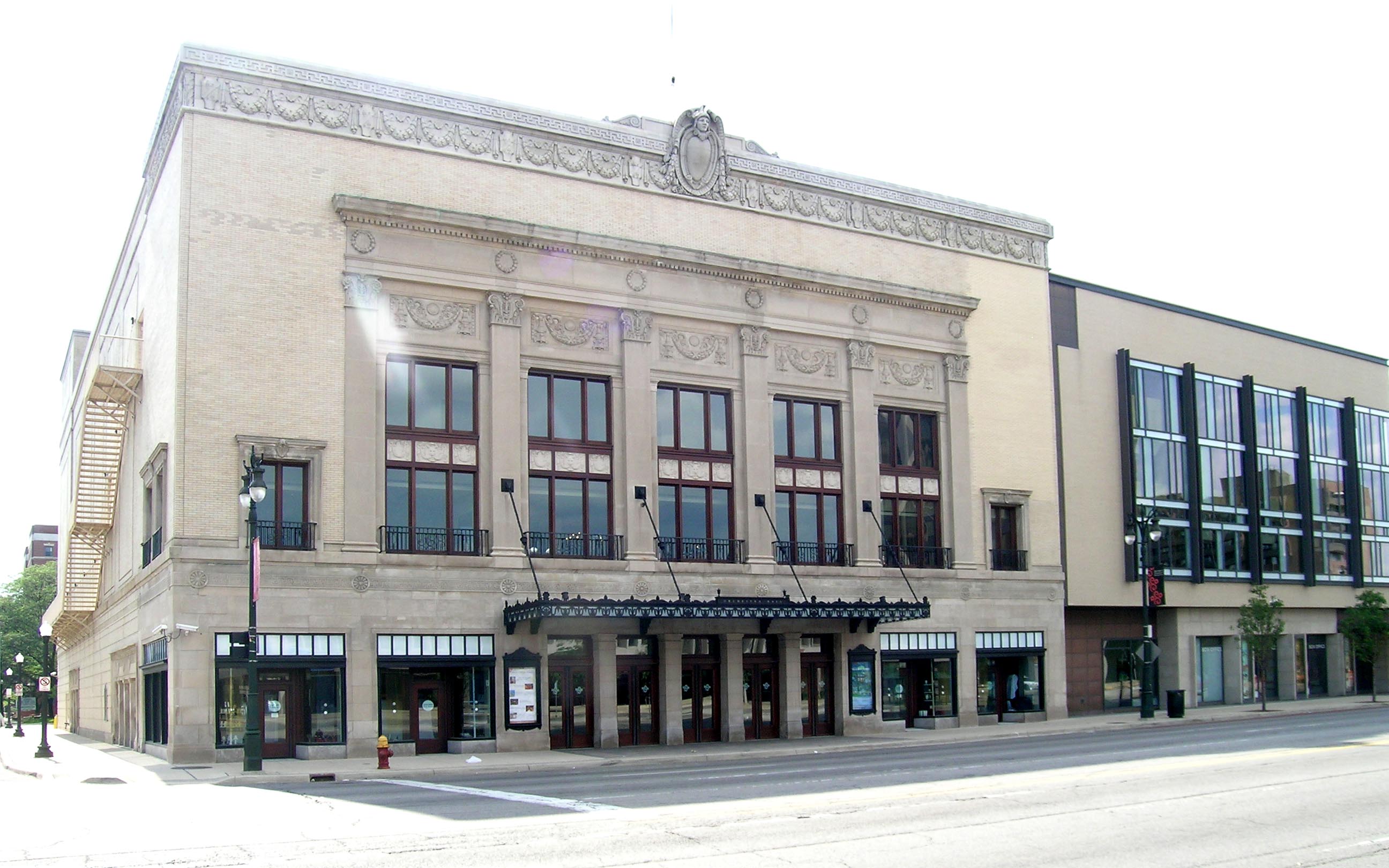- Orchestra Hall, Detroit
Infobox_nrhp | name =Orchestra Hall
nrhp_type =

caption = Orchestra Hall and Max M. Fisher Music Center, Detroit, 2008
location=Detroit, Michigan
lat_degrees = 42
lat_minutes = 20
lat_seconds = 55.49
lat_direction = N
long_degrees = 83
long_minutes = 3
long_seconds = 33.48
long_direction = W
locmapin = Michigan
area =
built =1919
architect= Crane,Charles Howard
architecture= Renaissance, Other
added =April 16 ,1971
governing_body = Private
refnum=71000429cite web|url=http://www.nr.nps.gov/|title=National Register Information System|date=2007-01-23|work=National Register of Historic Places|publisher=National Park Service]Orchestra Hall, in
Detroit, Michigan , is a major music hall, as well as the home of theDetroit Symphony Orchestra (DSO). It is located onWoodward Avenue , across from theDetroit Medical Center . With the creation of an adjoining auditorium for jazz and chamber music in 2003, Orchestra Hall became part of theMax M. Fisher Music Center . The hall is renowned for its marvellous acoustic properties.The Detroit Symphony Orchestra had previously played at the old
Detroit Opera House . However,Ossip Gabrilowitsch demanded that the DSO build a suitable auditorium before he assumed his position as music director. Construction on Orchestra Hall began onJune 6, 1919 , and ended in barely five months on the night ofOctober 23, 1919 .The 2014-seat hall was designed by architect
C. Howard Crane . The first concert took place onOctober 23 ,1919 . It was home to theDetroit Symphony Orchestra until 1939, when due to the financial difficulties of theGreat Depression , they were forced to enter a more economical arrangement at the Masonic Temple Theatre. The building sat vacant until it was purchased by new owners. Orchestra Hall was renamed and reopened as Paradise Theater on Christmas Eve of 1941, and became a major jazz venue, hosting renowned jazz musicians such asElla Fitzgerald ,Billie Holiday ,Count Basie , andDuke Ellington .The Paradise closed in 1951. The building was abandoned for several years and was even scheduled for demolition. Assistant Principal DSO bassoonist Paul Ganson spearheaded a fundraiser movement to restore Orchestra Hall. This goal was attained in 1971, when it was added to the
National Register of Historic Places .Renovation work started in 1970 and went on for about two decades, costing roughly $6.8 million USD. Many things had to be worked on, such as the box seats, a new stage, aisle lighting, restoration of historical decorations, all the while trying to maintain the acoustic properties the hall was historically known for. The DSO moved back into Orchestra Hall in 1989. Additional work on the hall was done in the summer months of 2002 and 2003 as part of the creation of the "MAX", as it is known.
The
mayor of Detroit delivers the annual State of the City address at Orchestra Hall.ee also
*
List of concert halls Notes
References and further reading
*Cite book | author=Hauser, Michael and Marianne Weldon| title= Downtown Detroit's Movie Palaces (Images of America)| year=2006 | publisher= Arcadia Publishing | id=ISBN 0-7385-4102-8
*Cite book| author=Heiles, Ann Mischakoff |title=America's Concertmasters (Detroit Monographs in Musicology) |publisher=Harmonie Park | year=2007|id=ISBN 0899901395
*Cite book | author=Hill, Eric J. and John Gallagher | title= AIA Detroit: The American Institute of Architects Guide to Detroit Architecture| year=2002 | publisher= Wayne State University Press | id=ISBN 0-8143-3120-3
*Cite book | author=Meyer, Katherine Mattingly and Martin C.P. McElroy with Introduction by W. Hawkins Ferry, Hon A.I.A.| title=Detroit Architecture A.I.A. Guide Revised Edition | year= 1980| publisher= Wayne State University Press| id = ISBN 0-8143-1651-4
*Cite book | author= Sharoff, Robert | title=American City: Detroit Architecture| publisher=Wayne State University Press| year=2005| id=ISBN 0-8143-3270-6External links
* [http://www.detroitsymphony.com/ Detroit Symphony Orchestra website]
Wikimedia Foundation. 2010.
